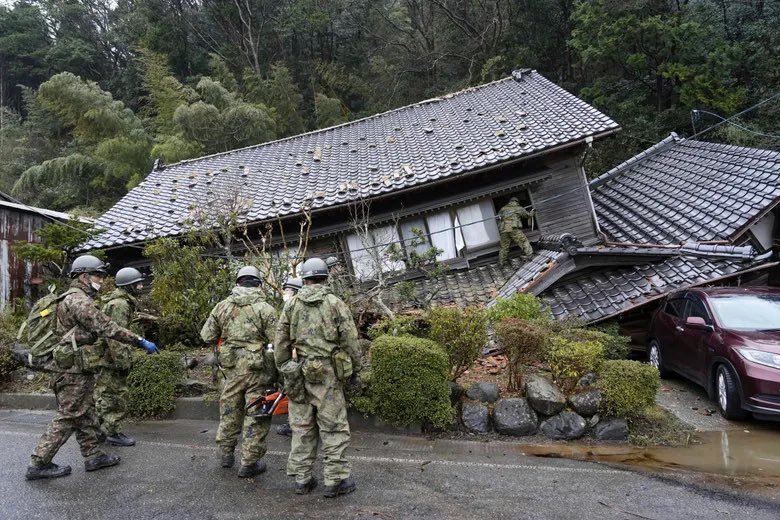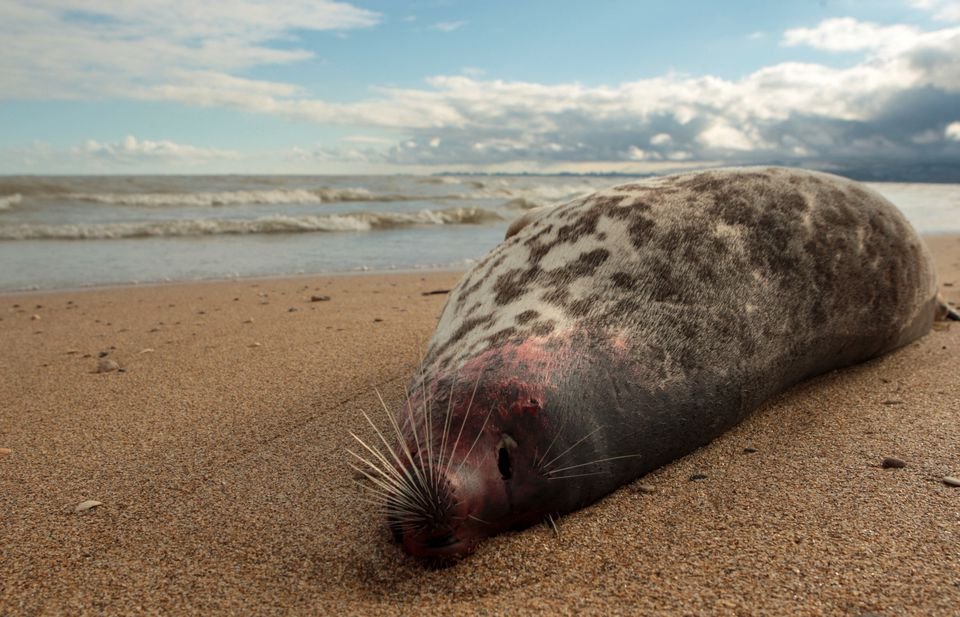In the aftermath of a devastating earthquake that struck the Noto peninsula on New Year’s Day with a preliminary magnitude of 7.6, rescue teams are racing against time to locate survivors. The quake, which has claimed at least 73 lives, has left many trapped under rubble as freezing temperatures and heavy rain add to the challenges faced by both rescuers and evacuees.
🚨🚨 A powerful 7.6 magnitude earthquake hits Japan. here is what you need to know:
– A powerful 7.6 magnitude earthquake struck western and central Japan on Monday afternoon, triggering tsunami warnings in the early hours which indicates there is a risk of 3m waves or more.… pic.twitter.com/wS1I80SYHW
— Nopolluting (@nopolluting) January 1, 2024
Severed roads, damaged infrastructure, and the remote locations of the hardest-hit areas are complicating rescue efforts. In Suzu, a town near the quake’s epicenter, the mayor reported that 90% of houses may have been destroyed, describing the damage as “catastrophic.” The extent of the devastation is still unclear, with satellite images from Maxar Technologies revealing widespread destruction in coastal areas, including collapsed buildings and capsized boats.
Despite the ongoing rescue efforts, smaller quakes continue to shake the peninsula, further hampering the already challenging operation. Firefighters from Osaka and Nara prefectures are persevering through rain and aftershocks in Wajima city, where a woman remains trapped in a wooden structure crushed by a seven-floor building that toppled over.
The earthquake has prompted the evacuation of more than 33,000 people, leaving many without access to water, electricity, or reliable mobile signals, according to Ishikawa prefecture. As fears of landslides persist due to heavy rain, the situation has been exacerbated by the difficulty in delivering aid to remote areas.
Prime Minister Fumio Kishida announced the opening of a sea route to deliver aid, and some larger trucks have begun reaching more isolated regions. However, the urgency of the situation was emphasized during a national disaster response meeting, where Kishida stated, “It’s been over 40 hours since the initial quake. This is a battle against time, and I believe now is a crucial moment in that battle.”
Mayors from the hardest-hit cities urgently demanded the government’s assistance in clearing roads and delivering aid during a regional emergency disaster meeting. The mayors stressed the immediate need for food and water, emphasizing the plight of those who narrowly escaped death but now face severe shortages.
Masuhiro Izumiya, the mayor of Suzu, expressed frustration, stating, “Even those who narrowly escaped death can’t survive without food and water. We haven’t received a single loaf of bread.” Shigeru Sakaguchi, mayor of Wajima city, expressed gratitude for government efforts but highlighted the inadequate provision of meals for the evacuees, leaving some in the cold due to a lack of access to electricity for heating.
As the rescue operation enters a critical phase, the nation anxiously watches, hoping for a swift and effective response to alleviate the suffering of those affected by this tragic event.
Photo: AP

Nature has always been my thing since I was a kid. I grew up surrounded by it, and it made me care deeply about keeping it safe. After studying Environmental Science and Journalism, I set out to uncover the big stories about what’s happening to our environment.










